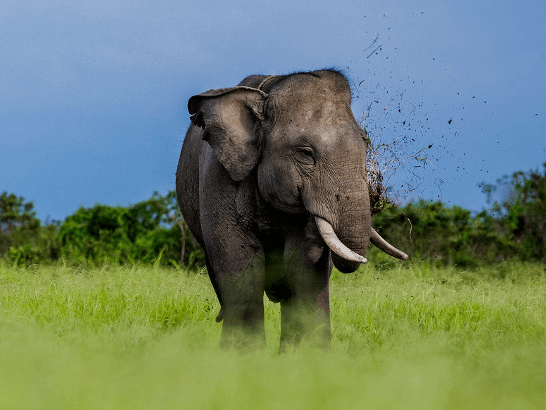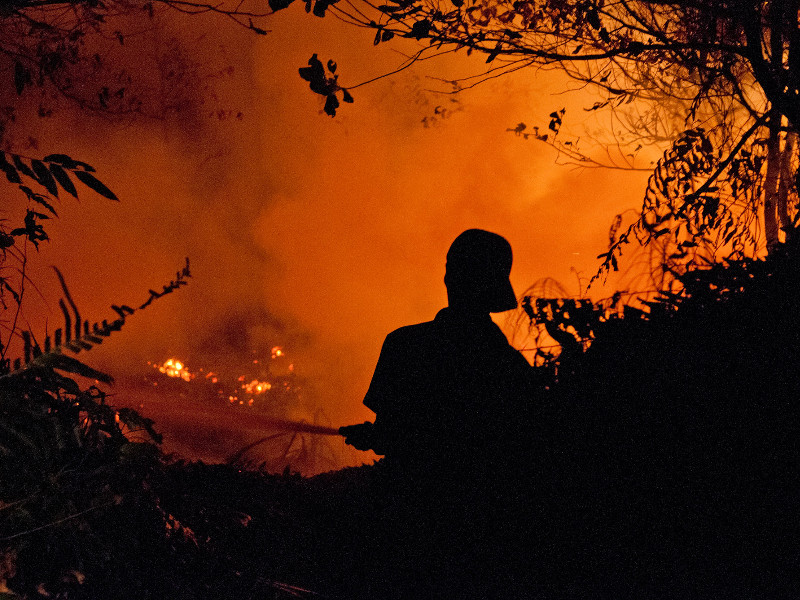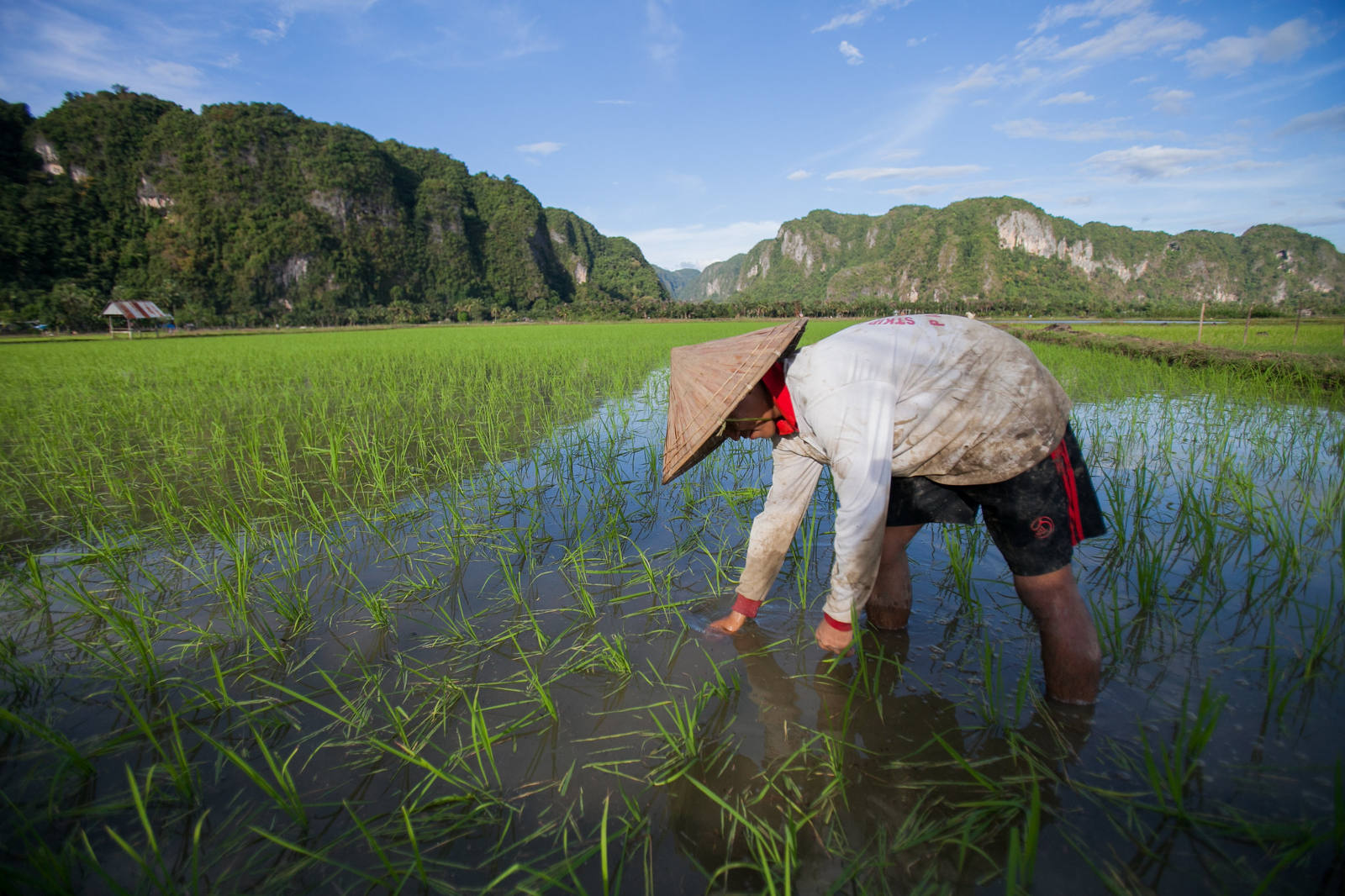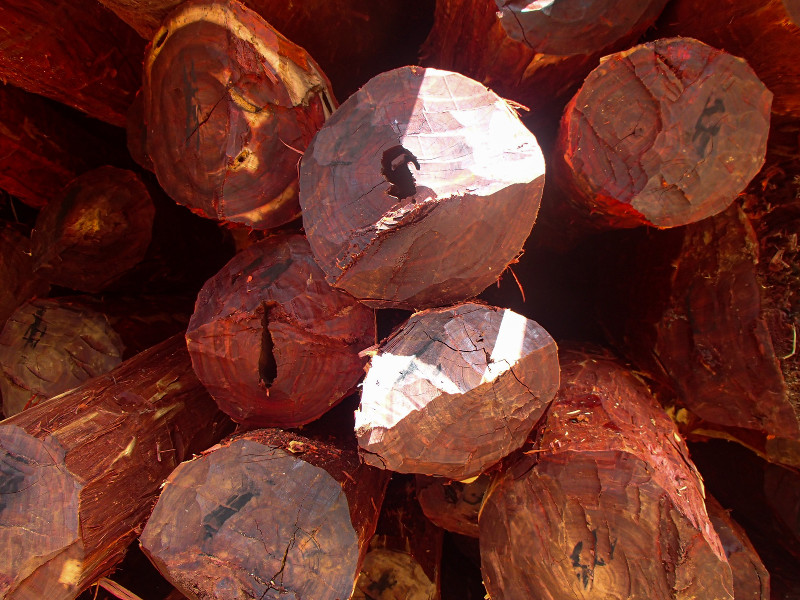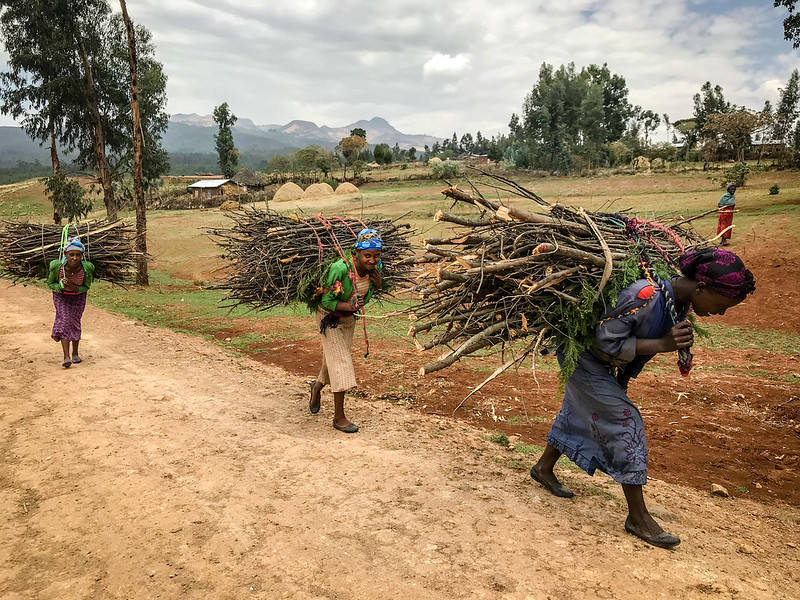Farmer managed natural regeneration (FMNR) is promoted as a cost-effective technique to restore degraded arable drylands. Evidence comes mainly from the West-African Sahel, where it is a traditional practice, and it is now being promoted across the African continent. In this study, we evaluated the role of the farmer affecting natural regeneration under farmer managed natural regeneration in the highly degraded Dodoma region in Tanzania. We systematically assessed the linkages between species selection, perceived benefits and management practices as reported by 57 farmers in 13 villages involved in FMNR. On average, farmers list 2.8 species to be promoted on their farms as part of the practice of FMNR. In total, a list of 69 species was promoted by the practice, of which most (51) were only mentioned by one or two farmers, indicating that FMNR may contribute substantially to on-farm regional diversity. Most species selected were associated with a range of benefits and the diversity of benefits, not any single benefit, explained species selection under FMNR. Management of FMNR species goes beyond pruning, a practice promoted within FMNR, and is characterized by 10 different practices that are differentially applied to the selected species and individuals. We conclude that species selection and management under FMNR is driven by farmers autonomous decisions, making FMNR both diverse and complex and complicates predicting the extent to which FMNR may successfully contribute to achieving specific restoration outcomes. Monitoring farms over extended periods may increase outcome prediction capacity. © Copyright © 2020 Moore, van Dijk, Asenga, Bongers, Sambalino, Veenendaal and Lohbeck.
DOI:
https://doi.org/10.3389/ffgc.2020.563364
Altmetric score:
Dimensions Citation Count:












